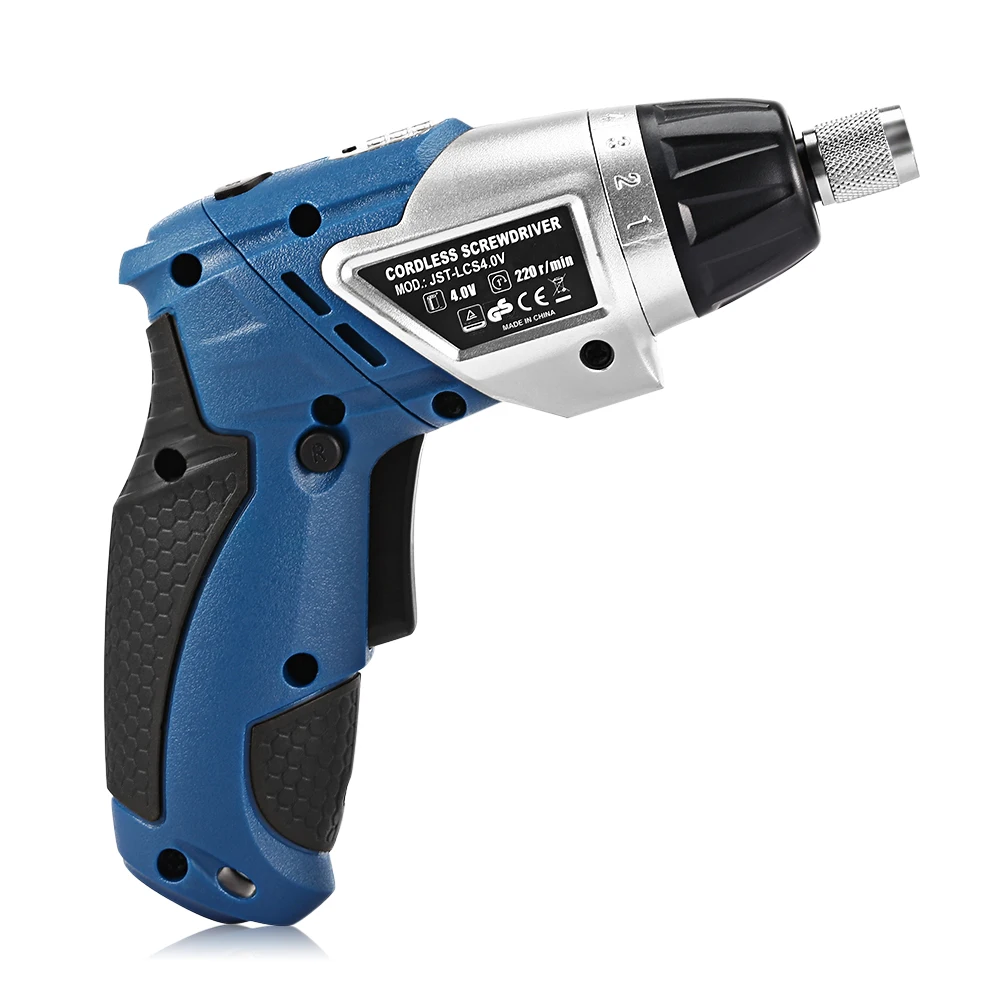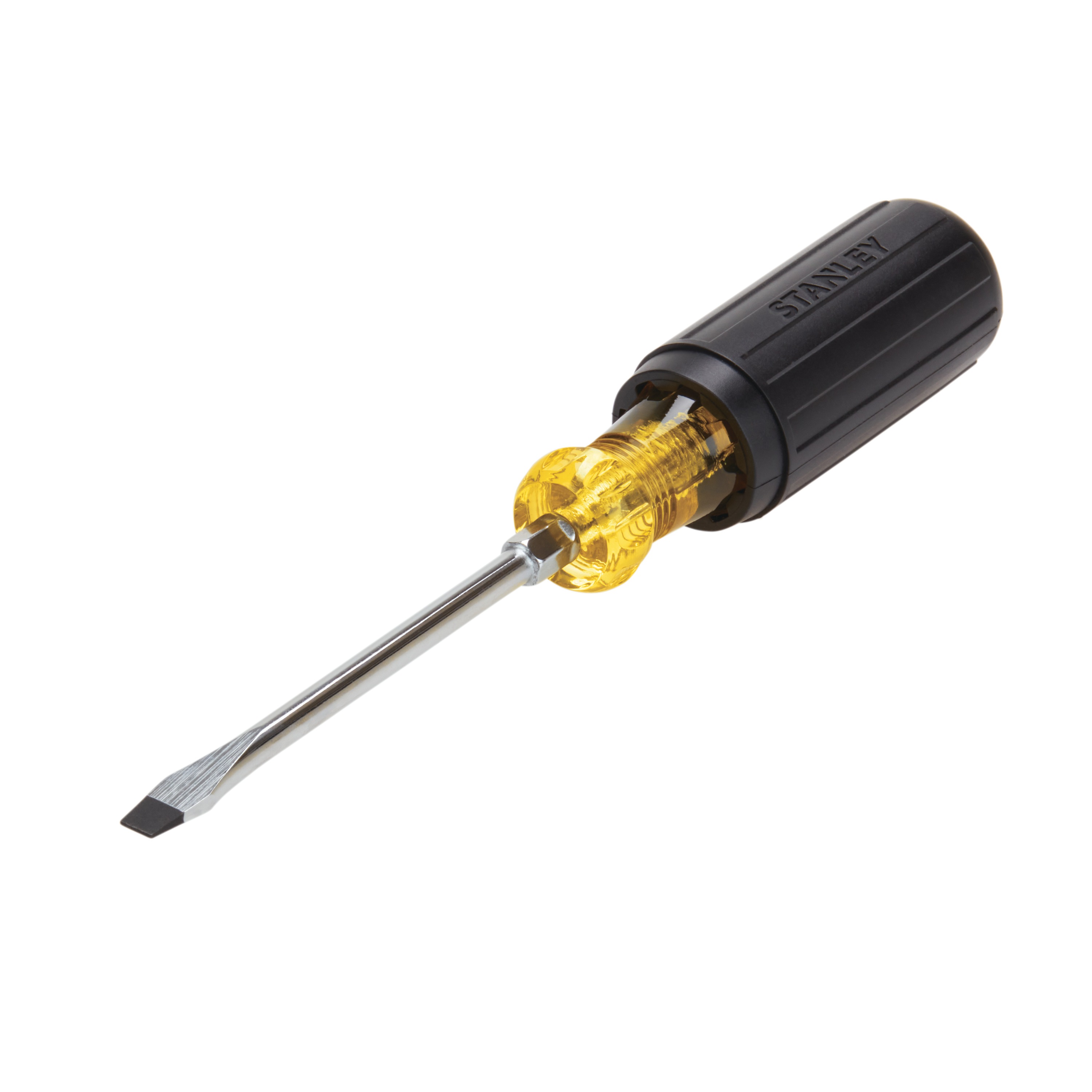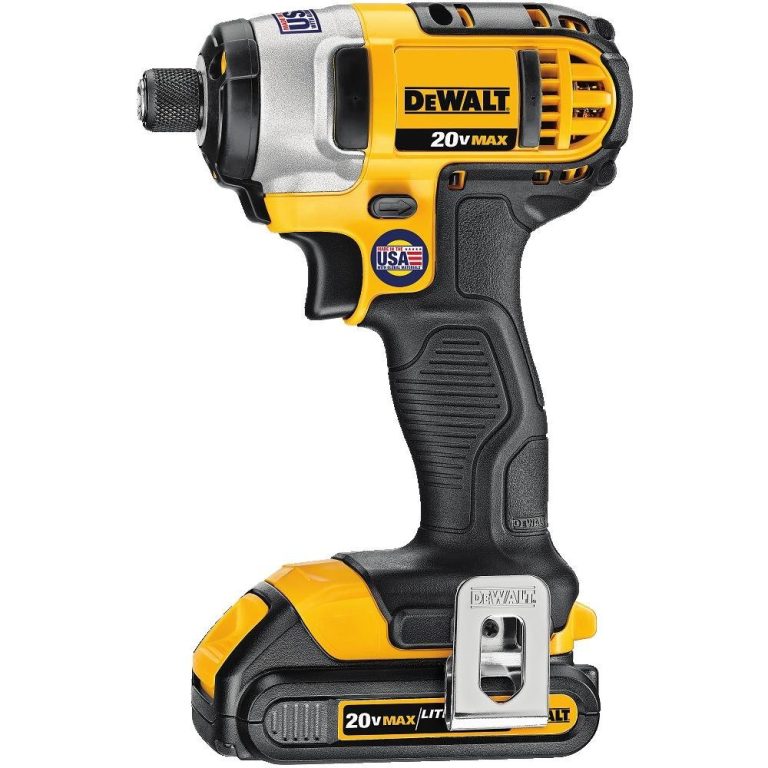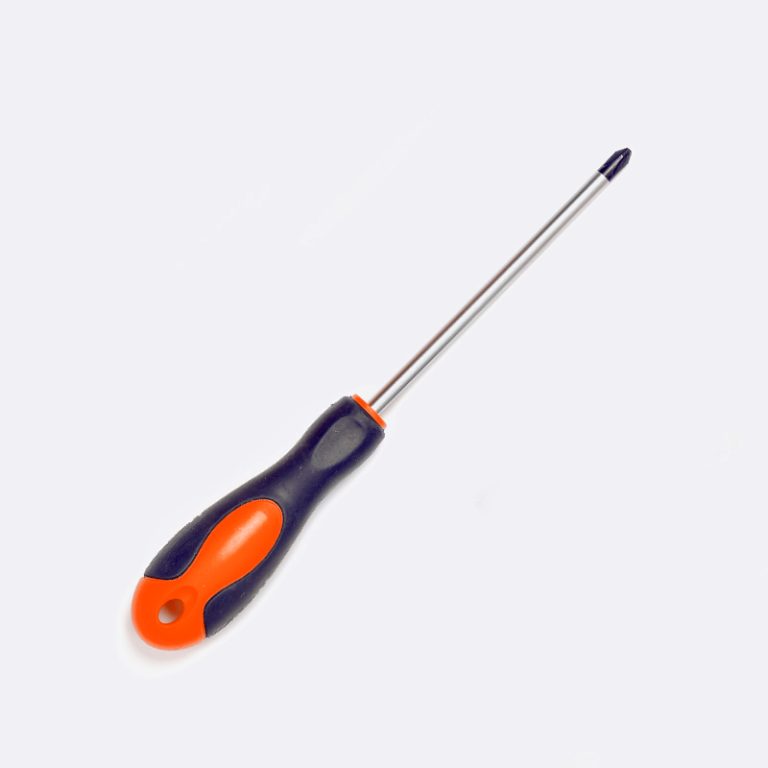
Magnetize Screwdriver: Benefits of Magnetizing Your Screwdriver
Introduction to Screwdriver Magnetization
Screwdriver magnetization turns a regular screwdriver into a magnetic one. This simple transformation can greatly ease your DIY tasks. It allows the screwdriver to hold screws magnetically. No more screws falling off! It’s a quick, safe process. With this guide, you’ll learn how to magnetize a screwdriver at home.
Magnetization works by aligning iron particles inside the screwdriver. These particles then produce a magnetic field. Your screwdriver becomes a handy tool that picks up screws with ease. This guide will cover the easy steps to magnetize screwdrivers. We will also explore benefits, tips, and common mistakes to avoid. Ready to upgrade your tool? Let’s dive into the world of screwdriver magnetization.
Benefits of Magnetizing Your Screwdriver
Magnetizing your screwdriver offers numerous advantages. It simplifies and improves your DIY projects. One of the main benefits is convenience. With a magnetic screwdriver, you can pick up and hold screws easily. This is especially helpful when working in tight spots or at odd angles where dropping screws is common.
Efficiency is another major gain. A magnetic tip allows for a one-handed operation, freeing up your other hand. Now, you can hold the workpiece steady or manage multiple tasks simultaneously. This feature accelerates the completion of your projects by reducing the time spent on picking up fallen screws.
Safety also improves through magnetization. Holding screws magnetically reduces the risk of dropping them into machinery or electrical components. This prevents potential damage or short circuiting that could lead to bigger issues.
The precision of your work can also enhance. The magnetic tip prevents screws from wobbling or slipping off as you position them. This steady placement contributes to cleaner and more accurate work.
For those working in electronics or other delicate areas, magnetization is particularly beneficial. It allows for the careful handling of tiny screws without using tweezers or other tools. It simplifies operations and minimizes the risk of losing small hardware components.
Overall, magnetizing a screwdriver is a simple process with powerful benefits. It equips your tool for better performance, ensuring that every twist and turn contributes to a job well done.

Tools and Materials Needed for Magnetization
Before we start the process to magnetize screwdriver, gather the right tools and materials. Here is a simple list.
- A strong magnet: Choose a neodymium magnet for best results. A bar or horseshoe magnet will also work.
- Your screwdriver: Any screwdriver you want to magnetize. It should have a metal shaft.
- Clean cloth: To wipe the screwdriver clean before starting.
- Gloves (optional): For protection, especially if handling strong magnets.
Make sure your work area is neat and safe. Keep all electronic devices away to prevent damage from the magnet. With everything in place, you’re ready for the next step in screwdriver magnetization.
Step-by-Step Guide to Magnetizing a Screwdriver
Magnetizing a screwdriver is a straightforward process. Follow these steps to transform your tool into a magnetic helper.
- Clean the Screwdriver: Start by wiping the screwdriver with a clean cloth to remove any dirt or oil.
- Use the Magnet: Take a strong neodymium magnet. Hold it against the screwdriver’s shaft.
- Stroke the Magnet: Slide the magnet along the screwdriver’s shaft from the handle to the tip. Press firmly while doing this. Do it in one direction.
- Repeat the Process: Stroke the shaft 10-15 times with the magnet. This ensures the magnetic field is consistent.
- Test the Magnetism: Try picking up a small screw with the screwdriver’s tip. If it sticks, you’ve succeeded.
- Optional – Strengthen Magnetization: For a stronger magnetization, repeat the strokes more times.
Remember to always move the magnet in one direction to properly align the iron particles. The process works best with steady, even strokes. This guide aims to make the magnetization process easy for you to perform at home. By following these steps, you’re well on your way to enhancing your DIY experience with a magnetized screwdriver.

Tips for Maintaining Magnetic Strength
To keep your magnetized screwdriver effective, regular maintenance is key. Here are some practical tips:
- Store Properly: Keep your magnetized screwdriver away from other metal objects. This prevents the magnetic field from weakening.
- Avoid Heat: High temperatures can demagnetize your screwdriver. Don’t leave it near heat sources.
- Repeat Magnetization: Over time, the magnetism may fade. Stroke the screwdriver with a magnet periodically to renew its strength.
- Use Correctly: Only use your screwdriver for its intended purpose. Avoid using it to pry things open or as a chisel, which can damage the tip and affect magnetism.
By following these simple guidelines, you can maintain the magnetic strength of your screwdriver. This ensures it stays ready for all your DIY needs.
Common Mistakes to Avoid During Magnetization
When trying to magnetize screwdrivers, it’s essential to avoid certain pitfalls that could lead to poor results. Here we highlight some common mistakes and how to steer clear of them:
- Not Cleaning the Screwdriver: Failing to properly clean the screwdriver before starting can hinder magnetization. Oil and dirt interfere with the process.
- Using Weak Magnets: Picking a magnet that’s not strong enough won’t properly magnetize your screwdriver. A strong neodymium magnet is recommended.
- Inconsistent Stroke Direction: Always move the magnet in one direction. Stroking back and forth confuses the alignment of the iron particles.
- Inadequate Number of Strokes: Not repeating the stroking process enough times leads to weak magnetization. Aim for at least 10-15 strokes.
- Overheating the Screwdriver: Heat can demagnetize your tool. Avoid using or storing it near high-temperature areas.
- Wrong Stroking Pressure: Applying too little or too much pressure during the process can be detrimental. A firm, consistent pressure is key.
By keeping these tips in mind, you can ensure that you magnetize your screwdriver effectively and maintain its utility in your toolkit.

Troubleshooting Magnetization Issues
Even with a guide, you may encounter issues when trying to magnetize a screwdriver. Let’s address common troubleshooting solutions.
- Weak Magnetism: If the screwdriver doesn’t pick up screws well, ensure you’re using a strong neodymium magnet. Also, check if you’re moving the magnet along the shaft in one steady direction.
- Loses Magnetism Quickly: This can happen when the magnetic field is disrupted. Store the screwdriver separately from other metal objects. Avoid heat and remember to re-magnetize periodically.
- Magnet Won’t Stick to Screwdriver: Make sure your screwdriver is made of a magnetizable metal. Some stainless steel varieties don’t hold magnetism well.
- Screwdriver Gets Demagnetized: If exposed to heat or severe impact, the magnetic field can weaken. Keep it away from heat and use it carefully.
- Scratches on Metal Surface: A magnet can sometimes leave marks. To avoid this, wrap the magnet in a thin cloth during the magnetization process.
By following these tips, you can solve most issues related to screwdriver magnetization. Keep practicing and your tool will stay magnetic for your needs.
Alternative Methods for Magnetizing Screwdrivers
While the neodymium magnet method is effective, other ways can also magnetize a screwdriver. Let’s look at some alternatives.
Using a Battery and Wire: This method involves coiling wire around your screwdriver and connecting it to a battery. This creates an electromagnet. Ensure you disconnect the battery after.
Rubbing with Another Magnetized Tool: An already magnetized tool can transfer its magnetism. Just rub the tool’s shaft along your screwdriver several times.
Using a Magnetic Block: Some stores sell blocks made for screwdriver magnetization. Slide your screwdriver through the slot repeatedly to magnetize it.
Employing Magnetized Bits: If permanent magnetization isn’t desired, use magnetic bits that attach to the screwdriver’s tip.
Each method has its own pros and cons. However, you should weigh them against the neodymium magnet technique for effectiveness. Remember, repetitive and directed force is crucial for magnetization. Choose the method that fits your needs and available resources best. Keep safety in mind when handling batteries and wires.

